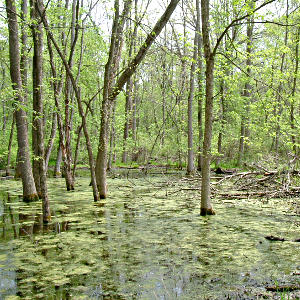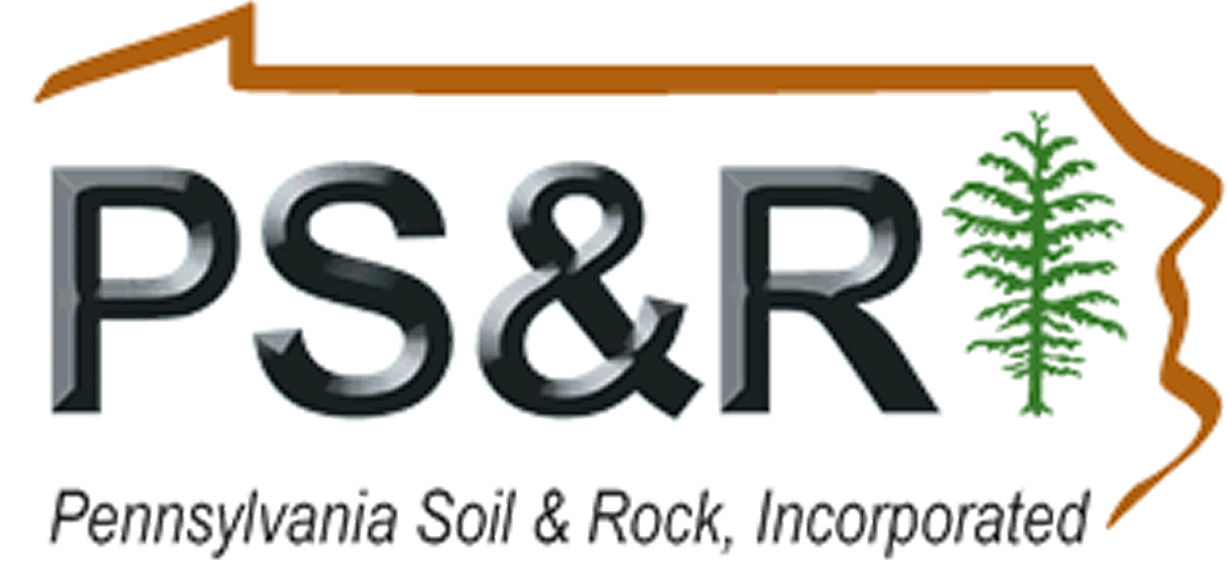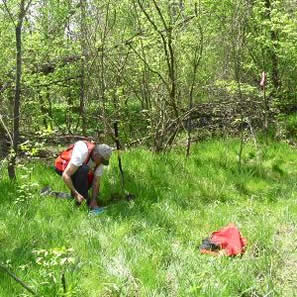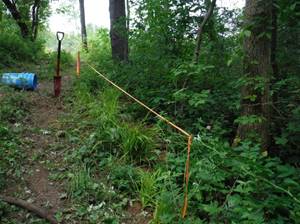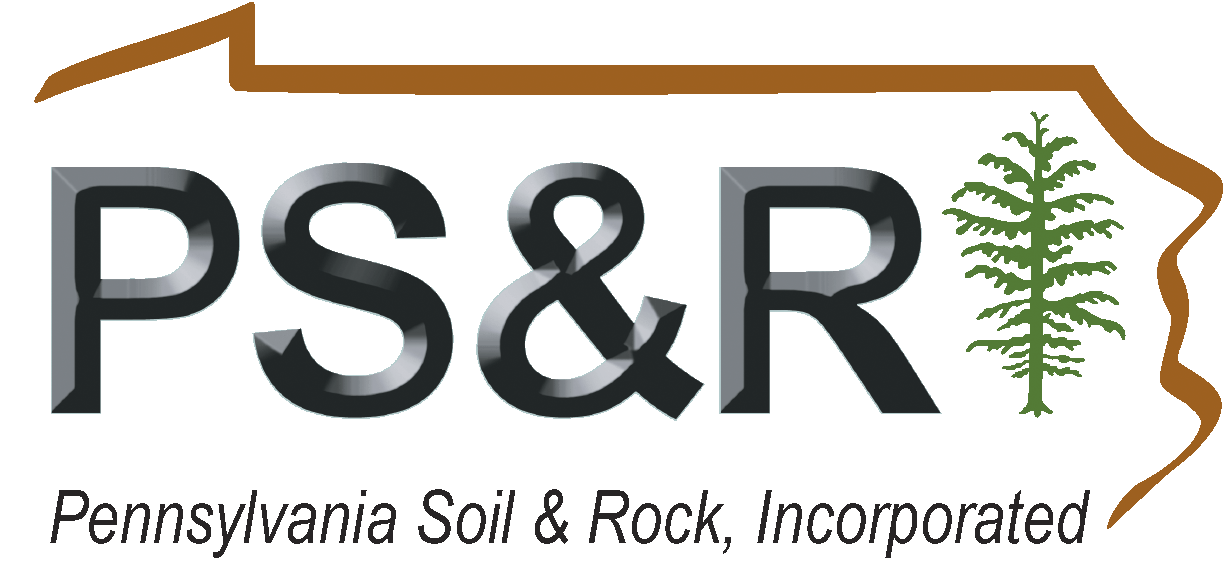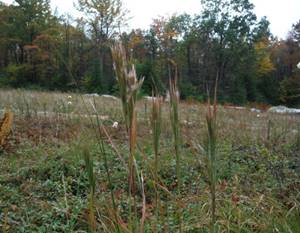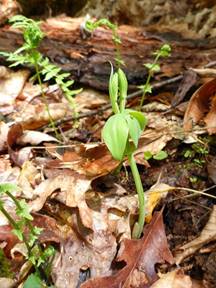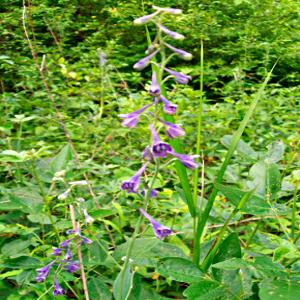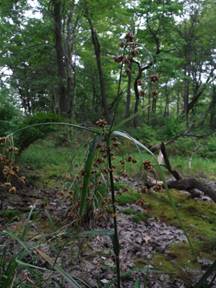OUR APPROACH TO BOTANICAL SURVEY
PSR's botanists have performed many botanical surveys to determine the presence or absence of state and federally listed threatened and endangered species of plants for projects in Pennsylvania and adjacent states. Sometimes, the botanical surveys will be conducted in conjunction with wetland delineation. Occasionally, habitat assessment within the project area can resolve the presence/absence of a plant species of concern in a project area, thus avoiding the seasonality requirement for most botanical surveys. We have developed mitigation alternatives when occurrences of plant species of special concern are found in a project area.
As part of the required environmental review process for commercial and residential site development, for gas well and pipeline development and for other types of utility projects, we or the client submit inquiries to the state reviewing agencies, and occasionally the US Fish and Wildlife Service, regarding the potential for the presence of rare, threatened or endangered species in the project area. The federally listed species are listed under Section 7 of the U.S. Endangered Species Act of 1973 and the applicable state regulations (e.g. PA, Chapter 45 of the Pennsylvania Code). Not infrequently the agencies will indicate that potential impacts to threatened or endangered plant or animal species could occur due to the proposed construction activities at a site and will request that a qualified botanical consultant be hired to review the project area to determine if the plant species of concern is present in the project area.
We work with the client, project coordinators and designers, to help our clients identify options to avoid, minimize or mitigate impacts to plant species of concern, and find cost effective solutions for their project
Experienced staff identify and document all required criteria to identify potentially jurisdicitonal wetlands on-site.
The PA DCNR requested mitigation for an impact to a population of Pennsylvania Rare Species, Short’s sedge which PS&R documented along a proposed gathering gas pipeline project in Washington Co., Pennsylvania. PS&R successfully relocated a portion of small population of Shorts sedge, and conducted monitoring that demonstrated the sedge transplanting was successful.
PS&R documented large populations of Bushy bluestem, a Pennsylvania rare species, along a proposed gas transmission pipeline in Cambria Co., Pennsylvania
Small Whorled Pogonia
PS&R documented Small whorled pogonia, listed as federally threatened, along a proposed highway corridor in Tucker Co., West Virginia.
Pennsylvania endangered species Tall Larkspur documented near a proposed sewage treatment plant site in Westmoreland County, Pennsylvania.
PS&R performed a successful survey for Northeastern bulrush, listed as federally endangered, along a proposed gas transmission line project in Cambria Co., Pennsylvania.
